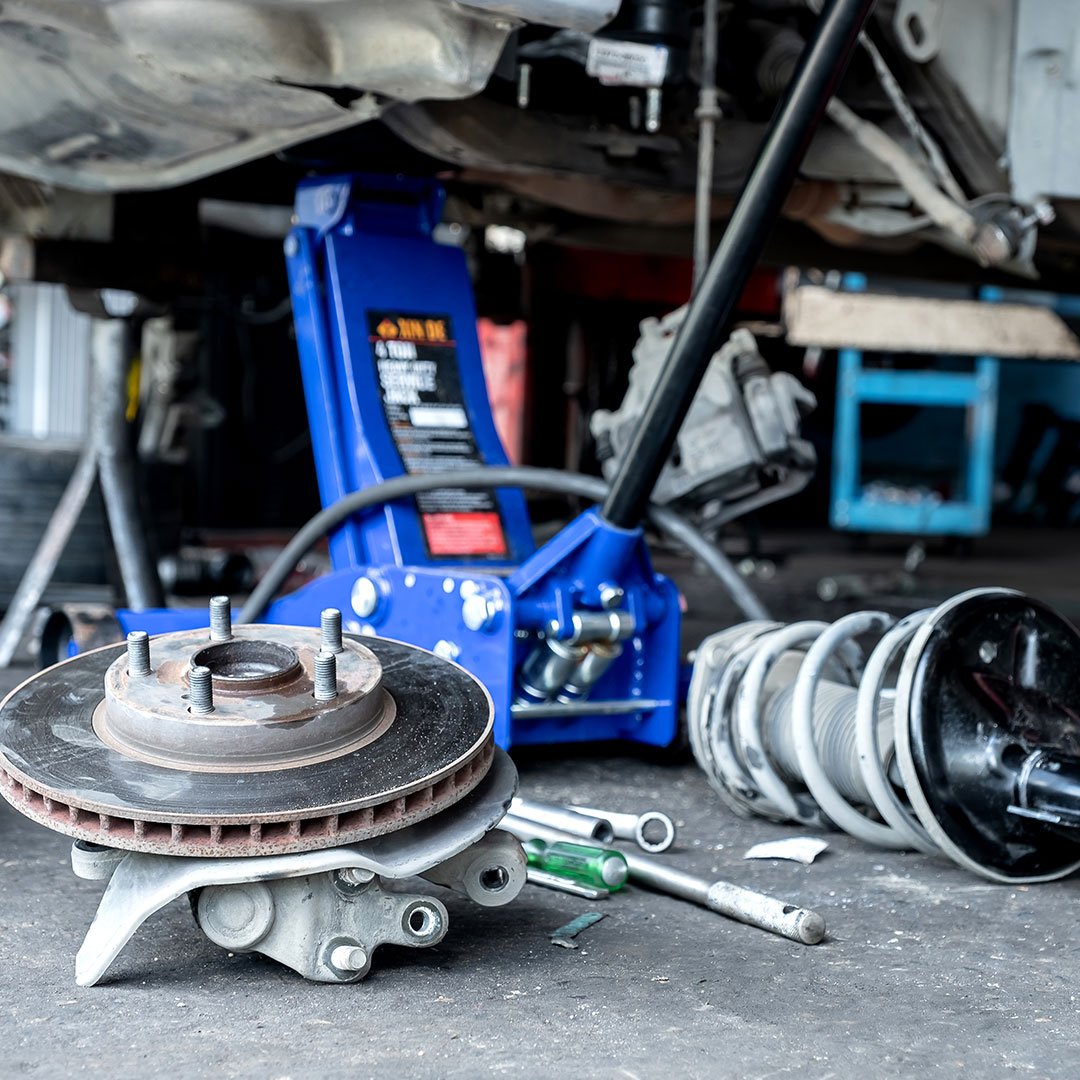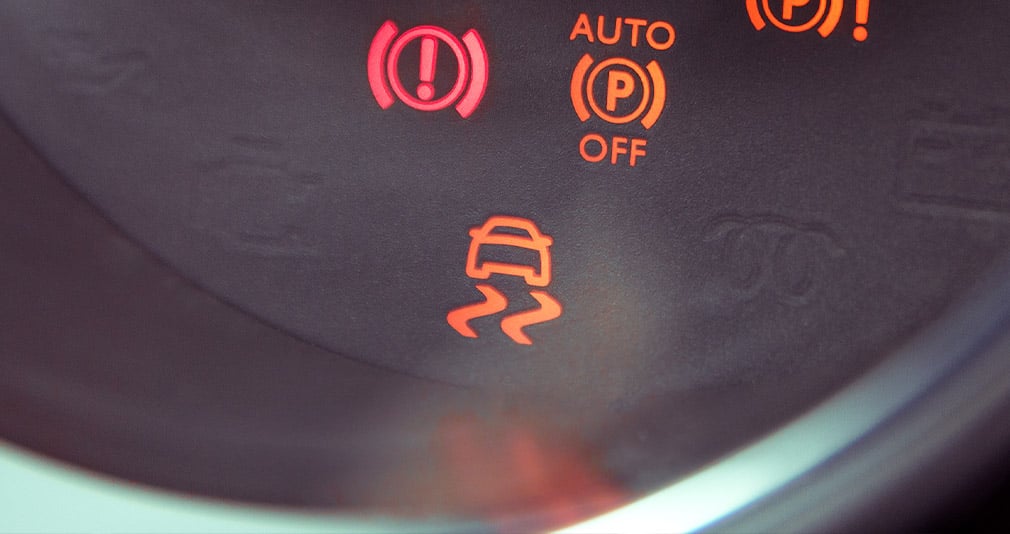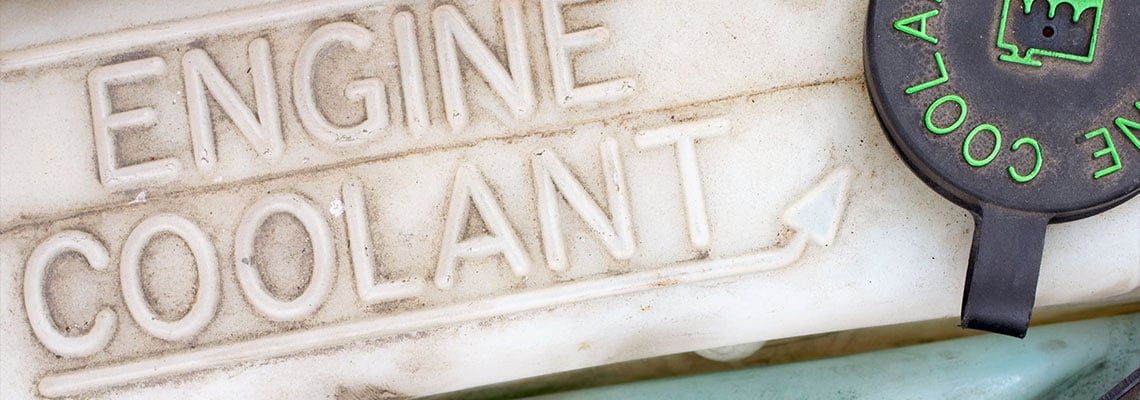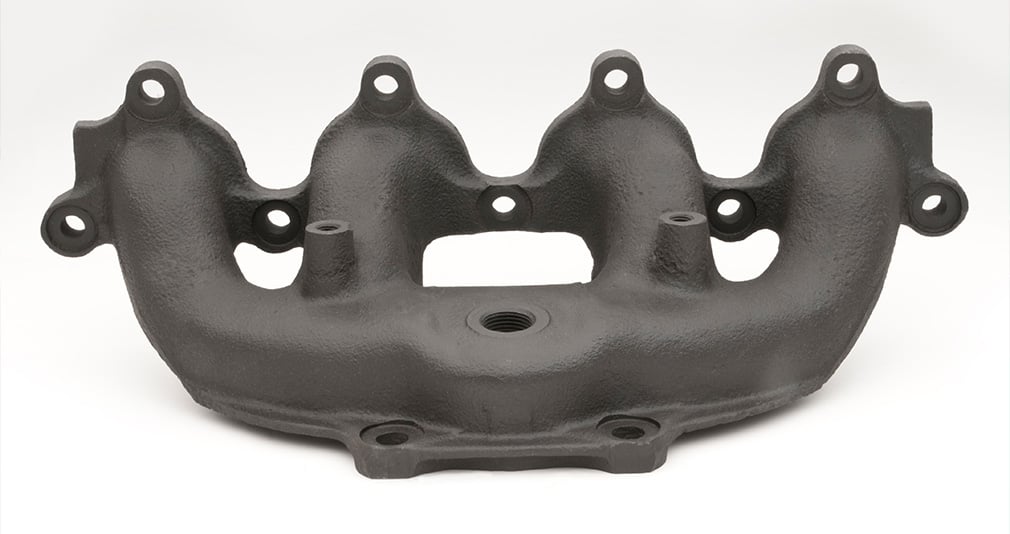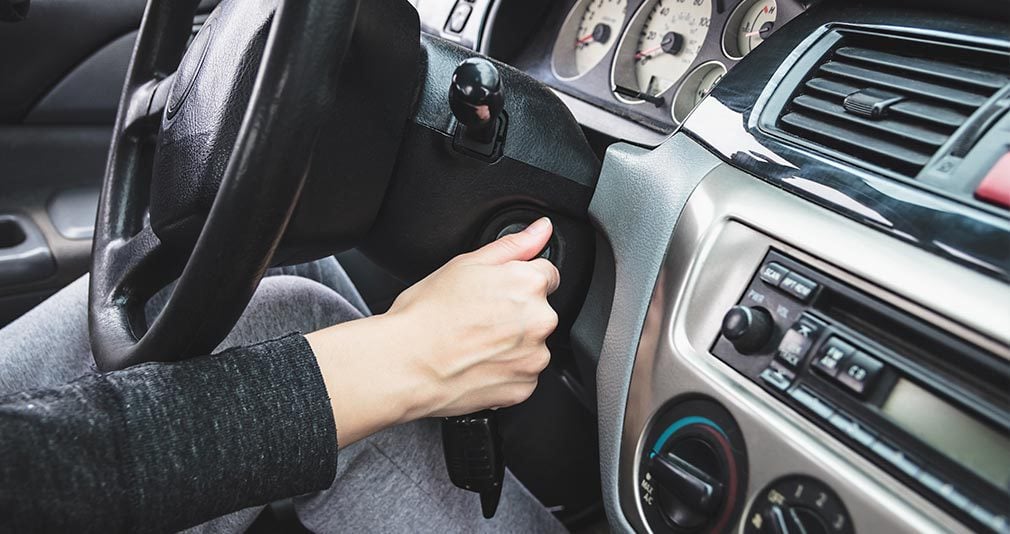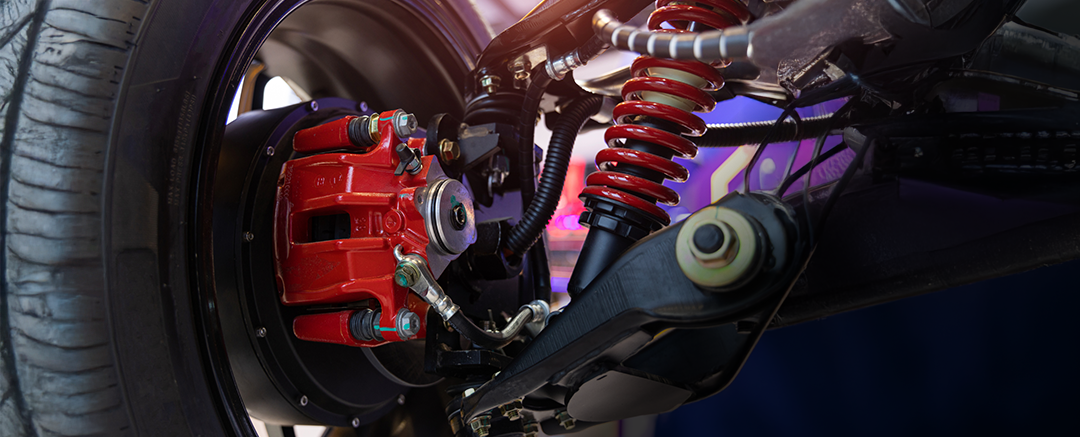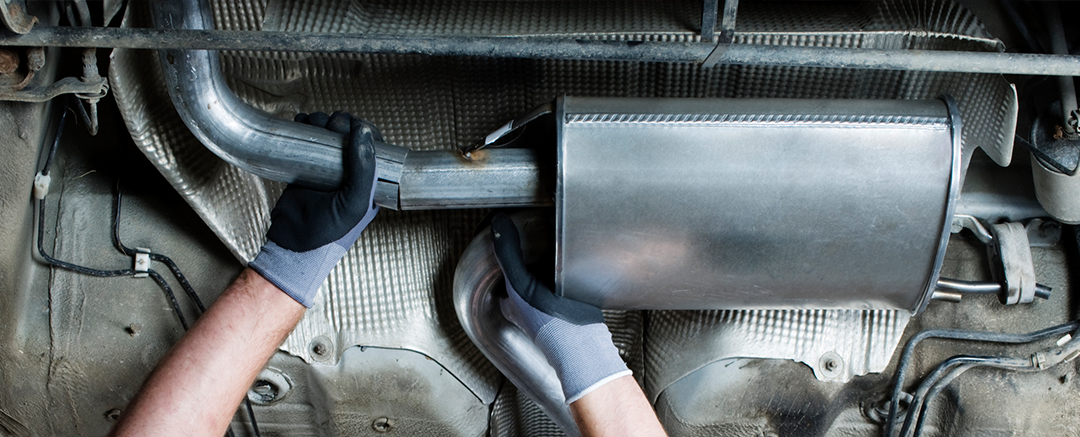It’s common knowledge that we have five seasons here in the Buckeye state, spring, summer, fall, winter and pothole. But if the road beneath your wheels is feeling extra bumpy lately, you may wonder: Is it the road, or is it my car?
Just as the squeal of the indicator lets you know your brakes need repair, your car has its own subtle (and sometimes not so subtle) ways of telling you to pay attention to its suspension system.
But what is the suspension? The vehicle suspension system ensures a smooth ride, but it’s more than that. It's foundational to your vehicle's overall safety, stability and handling.
Keep reading for the suspension guide you never knew you needed. By the end of this post, you’ll be able to recognize suspension issues and know when it's time to bring your bumpy ride to the pros for a tuneup.
What Does the Suspension System in a Vehicle Do?
The suspension is part of the car’s chassis — the main structural framework of the vehicle to which all other components are mounted. It’s made up of springs and dampers that enable your car to stay in contact with the road and react to uneven terrain.
It might help to think of the suspension like your car’s gym shoes. Imagine running barefoot on a gravel surface. You’d feel each sharp pebble with each step. A good pair of supportive sneakers allow you to run freely on most surfaces. That’s like your car’s suspension. It supports the weight of your vehicle and absorbs the shocks and jolts of the road.
But it’s not just about comfort. The suspension ensures your tires maintain continuous contact with the road, allowing for a stable and safe ride.
How Does the Vehicle Suspension System Work?
The suspension system includes springs and shock absorbers attached to the wheels and the sturdy frame under your car. When your car goes over a bump, the springs compress, absorbing the bulk of the shock. The shock absorbers dampen the energy from the springs, allowing your car to return to its normal position smoothly and quickly. Here’s a little bit more about the components that make up your car’s suspension:
- Springs. Springs support the vehicle's weight and absorb the impact of road irregularities. There are various types of springs used in suspension systems, but the most common is coil springs.
- Shocks and struts. Shock absorbers (shocks) and struts are designed to control the movement of the springs and suspension. They dissipate the energy the springs absorb, ensuring that your car doesn’t bounce continually after hitting a bump. Struts are a structural part of the suspension system, combining the coil spring and the shock absorber into one unit. A vehicle will have either shocks or struts but not both in the same position. It is possible to have struts in the front and shocks in the rear.
- Bushings, joints and linkages. These are the connective tissue components of your suspension. Bushings provide cushioning and reduce friction, ball joints allow pivotal movement between suspension components, and linkages ensure accurate motion transfer. Together, they ensure a harmonious balance between comfort and handling.
- Sway bar (also known as the anti-roll bar). The sway bar is a torsion spring that spans the width of a vehicle, connecting the left and right sides of the suspension. As the name suggests, its role is to reduce body roll or lean during cornering. The majority of modern cars and trucks have sway bars, but not all of them do.
Front and Rear Suspension Systems. While each wheel has its own springs and shock absorbers, the front and rear of the car operate using separate but complementary suspension systems. The two front wheels are connected by the front axles, and the two rear wheels by the rear axles.
The front suspension provides traction to the front wheels and bears the brunt of steering responsibilities. It handles the car’s weight, engine and force during a turn. The rear suspension prevents the car from lowering and hitting the ground as you drive.
Signs Something Is Wrong With Your Vehicle Suspension
If we return to our sneaker analogy, you can tell when it's time to replace your running shoes when the sole starts to wear down, and they no longer offer the support your foot needs. You won’t be able to feel the road through the tires in your car, but there are a few telltale signs that indicate your suspension needs attention:
- Rough ride. If every pothole feels like a crater and every bump seems like a mountain, it’s time to check the suspension.
- Diving and bouncing. If suspension components are going bad, it may feel like your car is diving forward or bouncing excessively over bumps. You might even feel your car lurch forward when braking.
- Uneven tire wear. If parts of your tire are wearing faster than others, it may mean tire pressure isn’t being evenly distributed, which could indicate suspension issues.
- Leaning. If you park on a flat surface, and you notice your car leaning to one corner, it could be a sign of a shot suspension.
- Loose steering wheel. The suspension and the steering system are closely linked. If you feel like your car is wandering rather than driving in a straight line, or if the steering wheel feels loose, it could be the suspension.
When Is It Time for a Vehicle Suspension Repair?
If you notice any of the above signs, bring your car to a trusted technician right away. When left unchecked, suspension issues can lead to more extensive (and expensive) damages. Plus, a compromised suspension system reduces your vehicle’s stability and can increase your stopping distances, making it a safety concern.
Even if you don’t notice signs of a bad suspension, make it a habit to have your suspension checked whenever you go in for a routine maintenance visit. This will ensure your technician catches problems in the earliest stages before they become serious issues.

